McLaren Debuts $1.7 Million Supercar With No Roof and a Windshield Made of Air
The McLaren Elva is also the brand’s “lightest road car ever.”
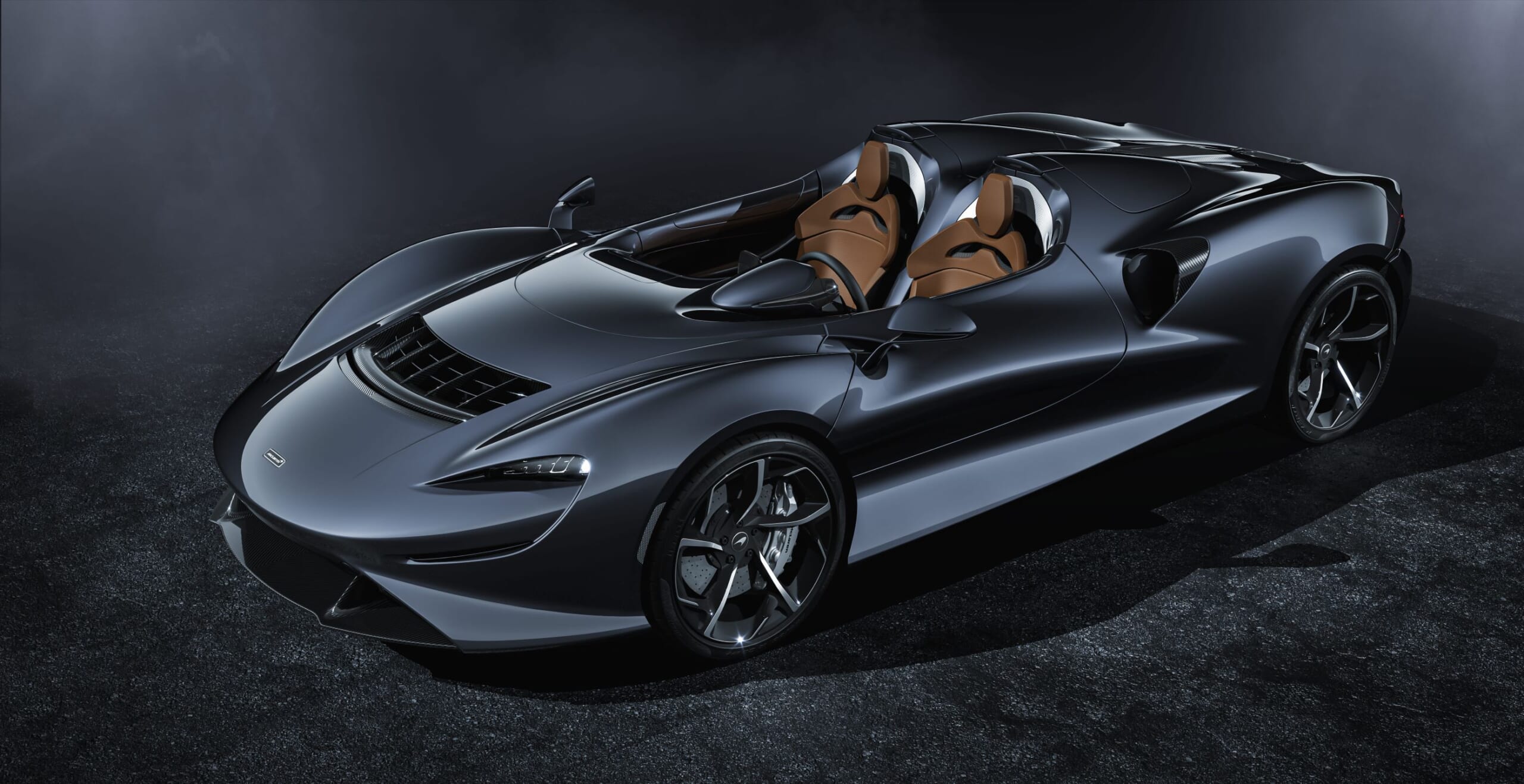
McLaren has redefined what it means to be a roadster with the Elva, a brand new addition to its range-topping Ultimate Series.
Joining the P1, Senna and Speedtail, the groundbreaking new supercar is billed as the “lightest road car ever from McLaren Automotive.” Car and Driver notes that the choice wording here suggests it may not be lighter than the iconic ’90s-era F1, which debuted before the modern iteration of the British marque was founded. Its name is derived from the Bruce McLaren-designed M1A and McLaren-Elva M1A [Mk I], M1B [Mk II] and M1C [Mk III] of the 1960s, the production versions of McLaren’s Group 7 race cars.
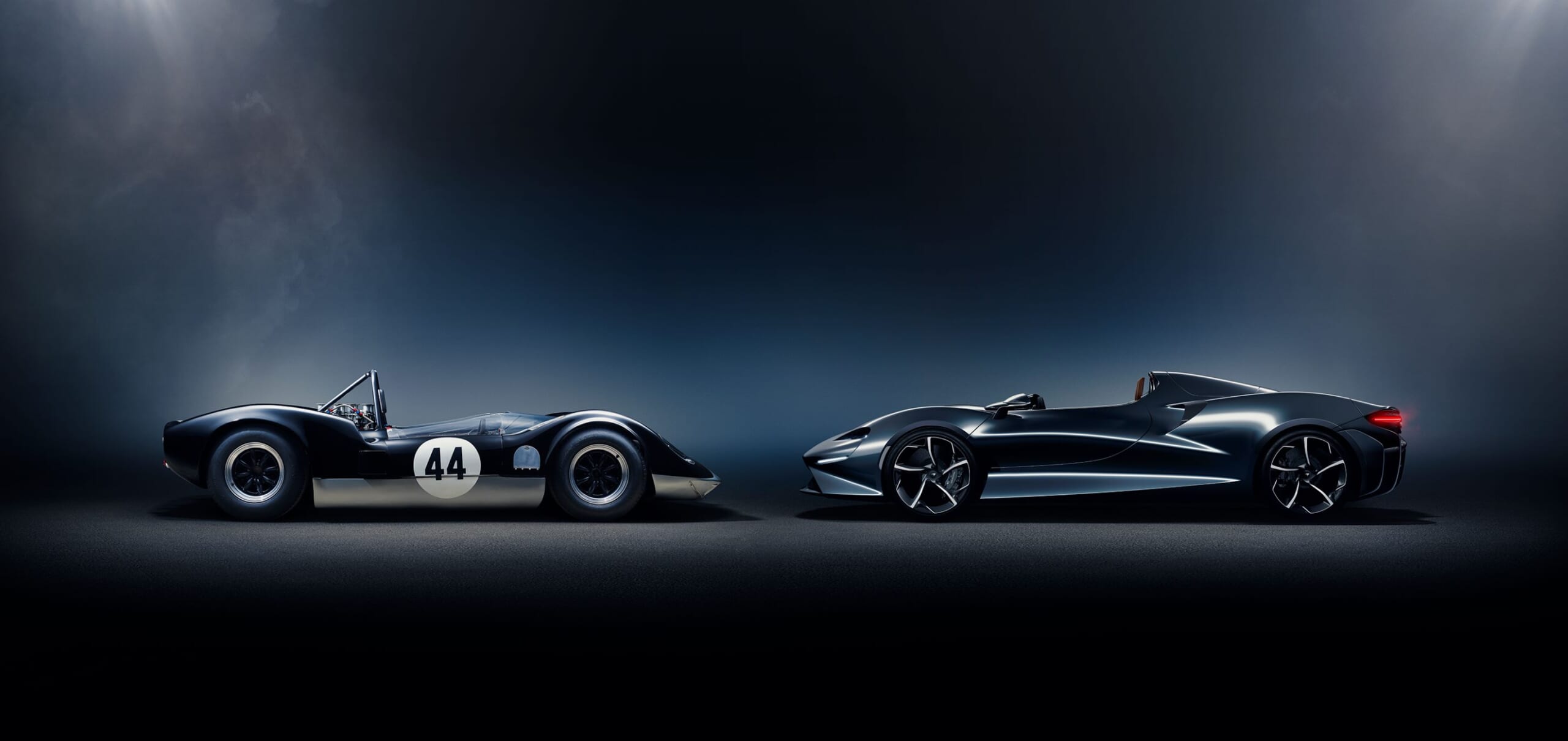
But what makes the topless Elva truly radical is a total absence of windows, including a windshield. To keep your face from being temporarily disfigured at high speeds, a first-of-its-kind Active Air Management System (AAMS) channels air through the nose and out of the front clamshell at high velocity ahead of passengers before being directed up over the cockpit, creating a “relative bubble of calm.”
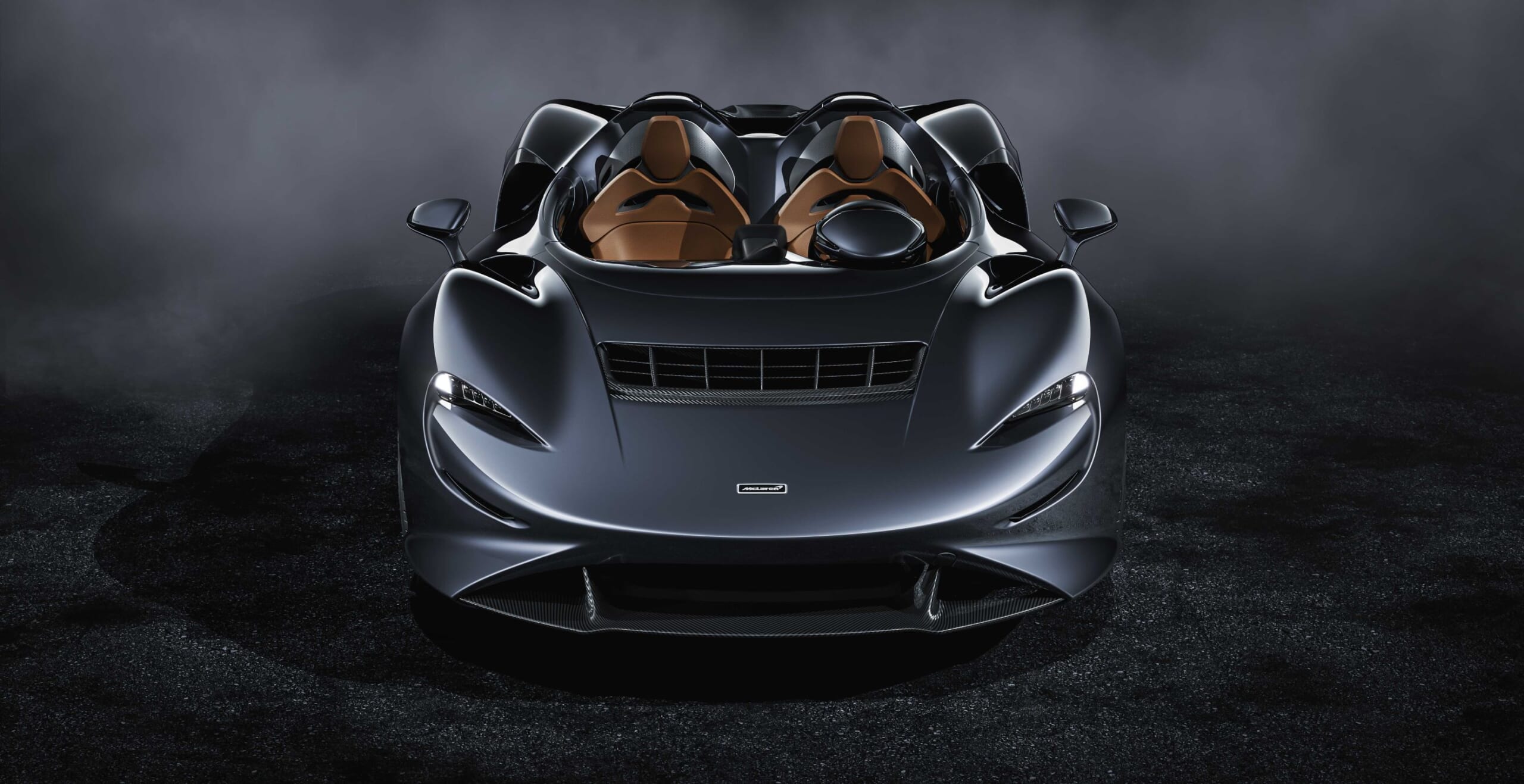
AAMS is a bold innovation, especially considering that the blistering exotic boasts an 804-horsepower version of McLaren’s twin turbo-charged 4.0-liter V8 that feeds the rear wheels through a seven-speed gearbox. The gutsy powertrain pushes the Elva to 62 mph in under three seconds and hits 124 mph in just 6.7 seconds—about a tenth of a second faster than its Senna predecessor, per Car and Driver.
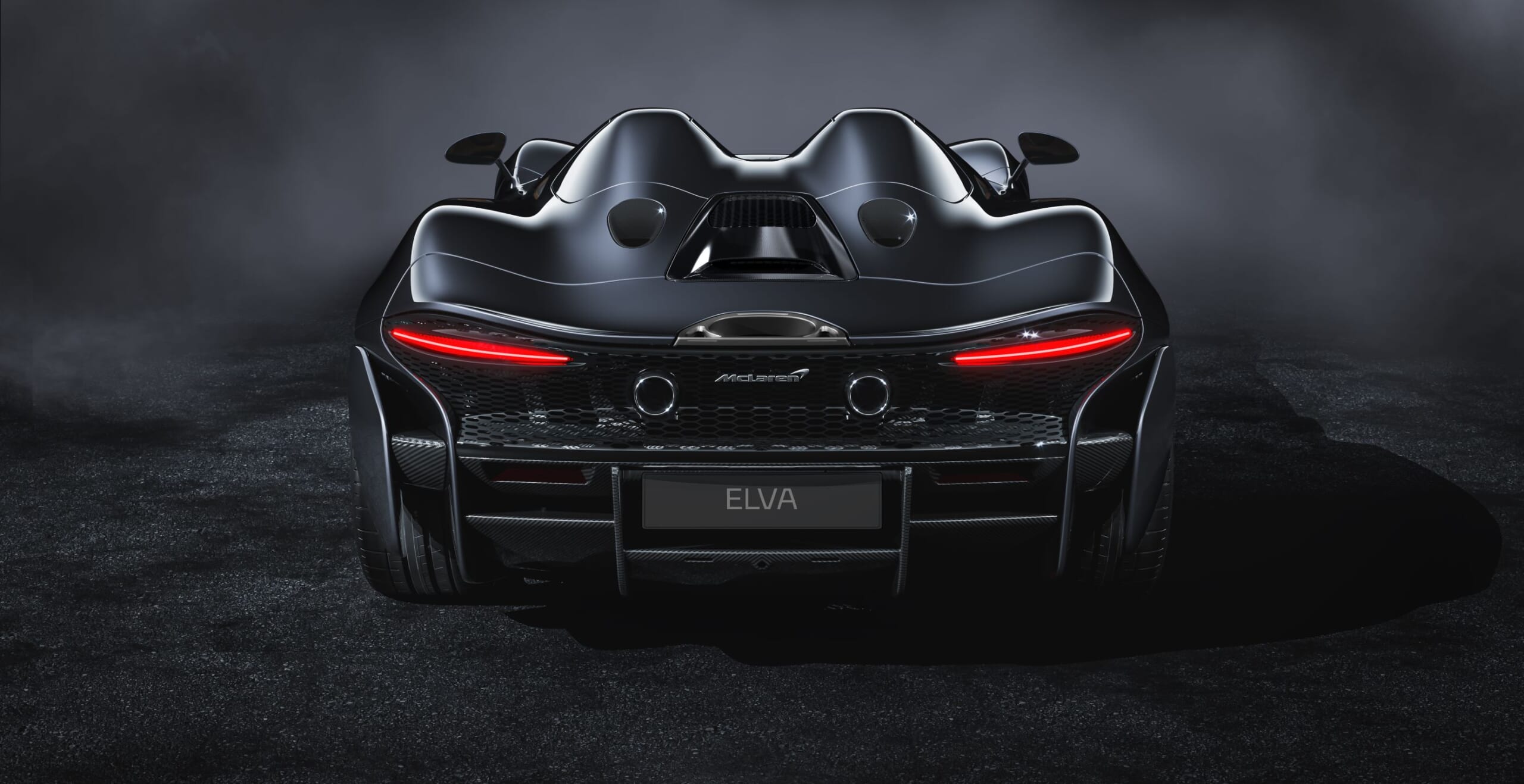
That powerful performance is achieved in part through serious weight-cutting measures not limited to a lack of glass. Paper-thin carbon fiber, which is just 1.2mm thick in certain areas, was used wherever possible to construction components, including the body panels, side intakes, tonneau cover and the interior’s buttresses.
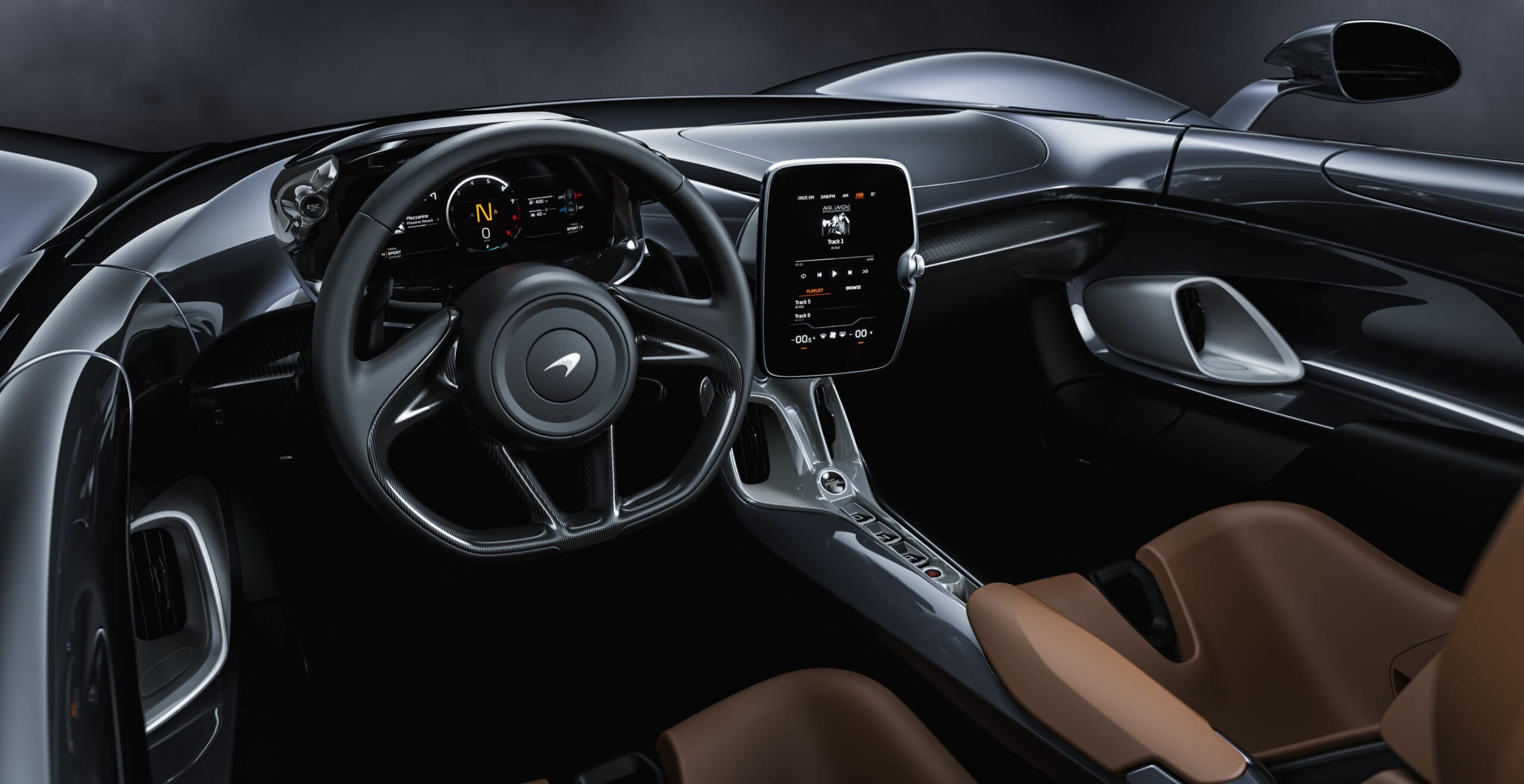
Additionally, the Elva’s cockpit boasts a brand-new interface in the form of a centrally-mounted, eight-inch high-res touchscreen. As a central a hub for all the vehicle’s functions, it can be used to toggle everything from the Comfort, Sport and Track modes to adjust wheelspin and oversteer settings via McLaren’s proprietary Variable Drift Control (VDC).
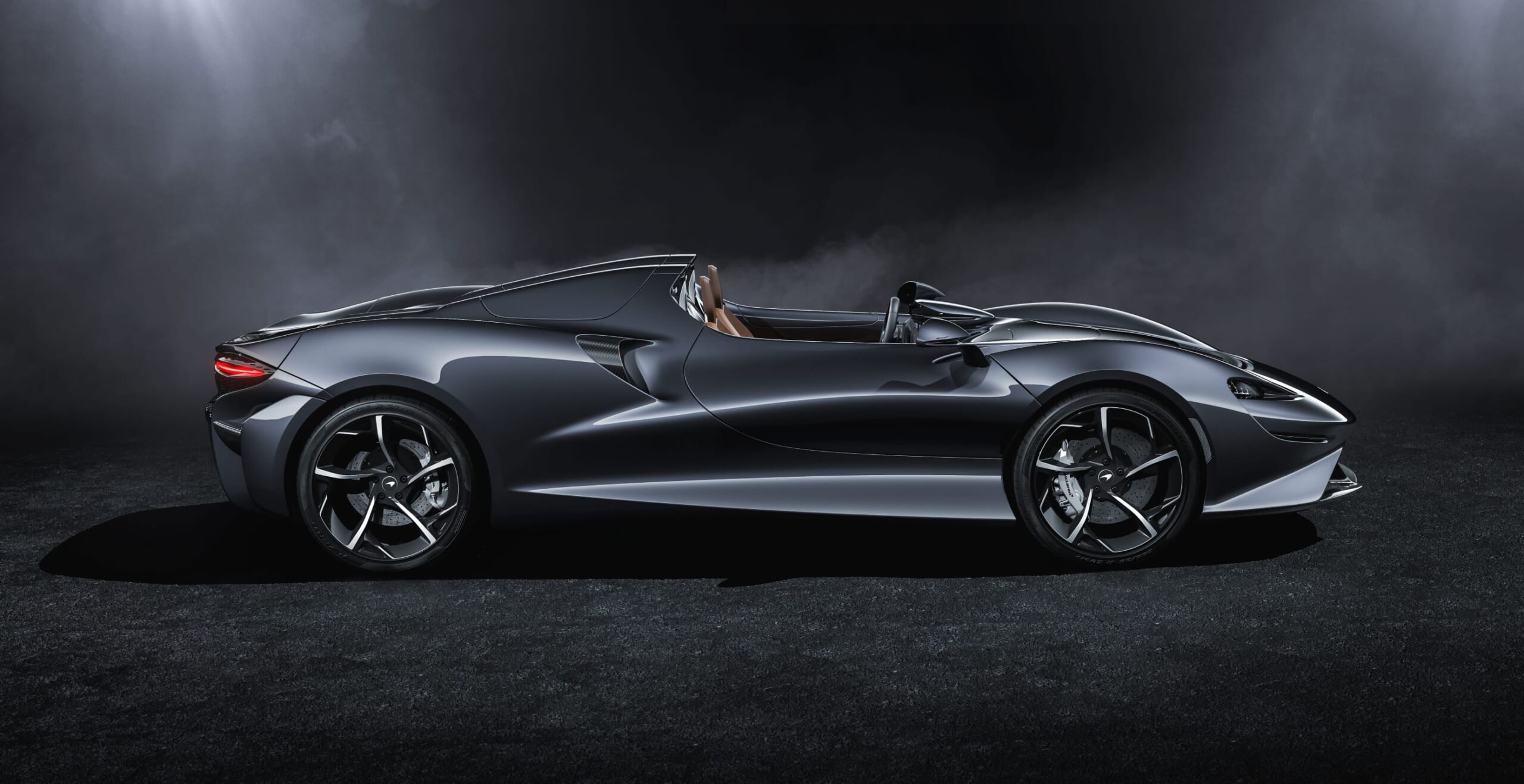
With regard to interior trim, buyers can choose from multiple colors of leather or Ultrafabric—a breathable synthetic material that “grips” its occupants—through McLaren Special Operations (MSO), the company’s bespoke design division. MSO can also trick out the Elva with pin-striped wheels and a blended full-body “contour” or “velocity” finish that mixes multiple colors across the length of the vehicle.
Just 399 examples of new McLaren Elva will be sold at a decidedly steep $1,690,000 base price, though cost is liable to increase based on the level of personalization by MSO.
